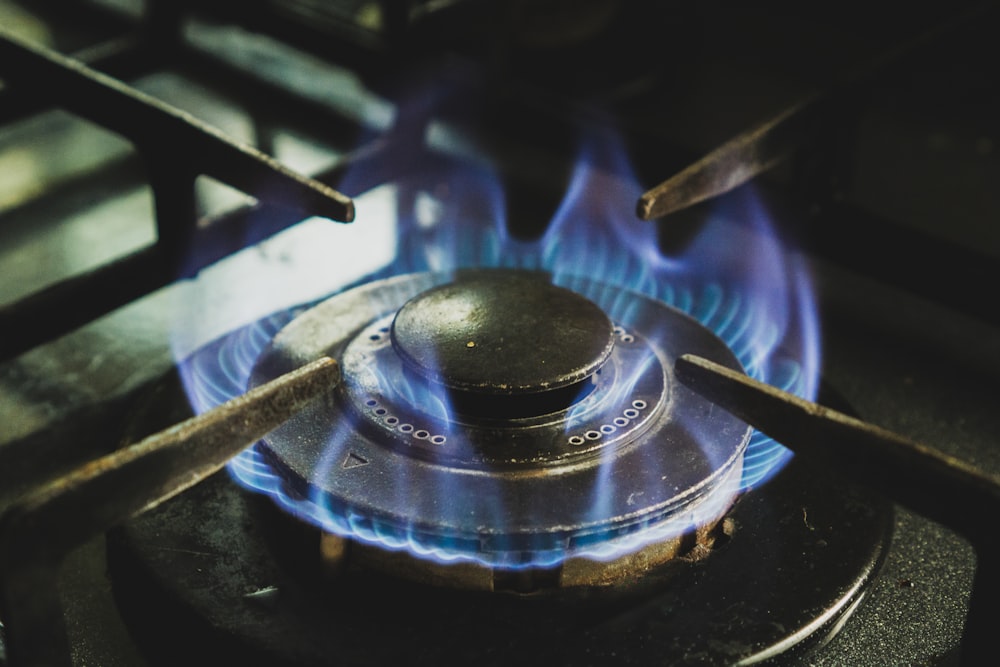

Natural gas prices jumped 16% on Dec. 30, driven by new forecasts for a much colder January. This represents the commodity’s biggest one-day gain in nearly three years. The severe weather conditions will not only lead to higher natural gas demand but also reduce supplies, driving prices.To tap this trend, investors could bet on natural gas ETFs that deal directly in the futures market. These are United States Natural Gas Fund (UNG – Free Report) , United States 12 Month Natural Gas Fund (UNL – Free Report) and ProShares Ultra Bloomberg Natural Gas (BOIL – Free Report) . UNG, UNL and BOIL have gained 14.4%, 4.9% and 17.4%, respectively, on the day and still have room to run.The National Weather Service expects a higher chance of colder-than-normal weather across the Eastern and Midwestern United States in its latest 8-14 days’ outlook. The abrupt temperature shift spurred the need for heating in homes and offices, pushing the demand for natural gas. The predictions of cold weather that are driving gas prices also extended into Europe, according to Alex Kuptsikevich, chief market analyst at FxPro. “Fears of a cold winter in Europe are also pushing gas higher,” Kuptsikevich told Business Insider, adding that the recent price action should be bullish for oil prices.Continued sanctions against Russia’s economy are boosting the demand for U.S. liquefied natural gas, raising prices. Uncertainties surrounding whether Ukraine would take steps to cut off supplies of Russian natural gas to Europe are also driving the commodity’s prices.Notably, natural gas prices are on track to close at their highest level in nearly two years. Given the continued demand for heating in this cold weather, the solid trend in the natural gas market is likely to continue, at least in the near term.United States Natural Gas Fund (UNG – Free Report)United States Natural Gas Fund tracks the daily changes in the price of natural gas delivered at the Henry Hub, LA, as measured by the daily changes in the price of UNG’s Benchmark Futures Contract. UNG’s Benchmark Futures Contract is the futures contract on natural gas as traded on the NYMEX that is the near-month contract to expire. If the near-month contract is within two weeks of expiration, the Benchmark will be the next month contract to expire.United States Natural Gas Fund has an AUM of $812.8 million and trades in a volume of 8.1 million shares per day. UNG has an expense ratio of 1.01%.United States 12 Month Natural Gas Fund (UNL – Free Report)United States 12 Month Natural Gas Fund seeks daily changes in percentage terms of the price of natural gas delivered at the Henry Hub LA, as measured by the daily changes in the average prices of UNL’s Benchmark Futures Contracts. UNL’s Benchmark Futures Contracts are the futures contracts on natural gas as traded on the NYMEX that are the near month futures contract to expire and the contracts for the following 11 months, for a total of 12 consecutive months. If the near-month contract is within two weeks of expiration, the Benchmark will be the next month contract to expire and the contracts for the following 11 consecutive months. When calculating the daily movement of the average price of the 12 contracts, each contract month is equally weighted.United States 12 Month Natural Gas Fund accumulated $17.5 million in its asset base and charges 1.71% in annual fees. The product trades in a moderate average daily volume of 74,000 shares.ProShares Ultra Bloomberg Natural Gas (BOIL – Free Report)For investors seeking to play on the natural gas spike for outsized profits in a short span, a leveraged bet might be a way to go. ProShares Ultra Bloomberg Natural Gas offers two times the daily performance of the Bloomberg Natural Gas Subindex, which consists of futures contracts on natural gas. BOIL charges 95 bps in annual fees and has amassed $503.2 million in its asset base. BOIL trades in an average daily volume of 5.5 million shares.More By This Author:Wall Street Stories Of 2024 Likely To Stay Hot In 2025: Key Picks
ETFs To Benefit From Dollar’s Best Year In A Decade
5 Best Leveraged Or Inverse ETFs Of Volatile December
















